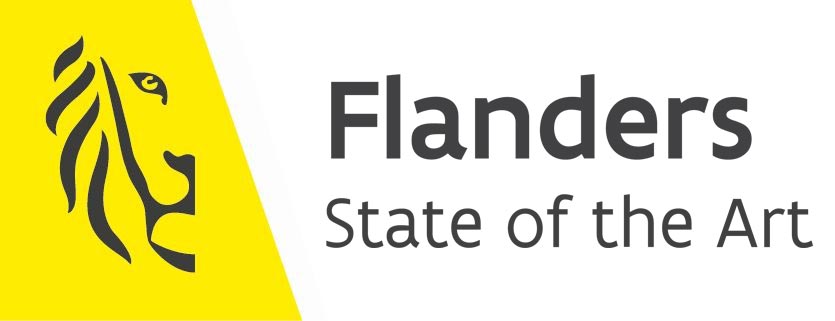OTL
What is an OTL?
An OTL or Object Type Library is a collection of asset types, which can be used in different applications for a consistent understanding and usage of data. Object types represent real-world entities in a standardised way that systems and applications can understand.
They could include anything from simple data types like integers and strings to more complex types such as customers, products, or geographical or geospatial entities.
Geographical or geospatial data represents information about physical objects that exist in space. This could include anything from the location of a building to the boundaries of a city, to the exact coordinates of a forest fire. Each of these examples can be represented as an object type in an OTL.
OTLs and geospatial data
In the context of geographical or geospatial data, an OTL might include object types like ‘Point’, ‘Polygon’, ‘LineString’, and ‘MultiPolygon’. Each of these object types would have properties that are relevant to their function. For example, a ‘Point’ might have ‘longitude’ and ‘latitude’ properties, while a ‘Polygon’ might have a ‘vertices’ property that lists the coordinates of each corner of the polygon.
Here’s where the significance of OTLs comes into play: each object type in the OTL provides a standard template for storing, manipulating, and analysing geographical data. This ensures consistency and accuracy in how the data is treated across different systems and applications.
For instance, mapping software, urban planning tools, or disaster response systems can all interpret and use the data in the same way. This eliminates any chance of ambiguity or misinterpretation that might occur due to differences in data handling.
OTLs and GIS technologies
OTLs are a critical part of Geographic Information System (GIS) technologies. GIS is a framework for gathering, managing, and analysing data. Rooted in the science of geography, GIS integrates many types of data.
It analyses spatial location and organises layers of information into visualisations using maps and 3D scenes. With an OTL, a GIS can provide a consistent method of describing and working with geospatial data, allowing it to integrate and analyse a wide range of data in a geographically coherent way.
OTLs and their object types also play a vital role in facilitating data interoperability between different systems. This is particularly important in the world of geospatial data, where information often needs to be shared between different agencies, organisations, and software platforms.
By standardising the way that geographical data is represented, OTLs ensure that everyone is ‘speaking the same language’, so to speak, which significantly simplifies the process of data sharing and collaboration.
In conclusion
Object Type Libraries are crucial in the management, interpretation, and interoperability of geospatial data. Their presence helps maintain consistency, accuracy, and clarity across multiple applications, software systems, and geographical datasets. They serve as a standardised language in which all systems can communicate and understand each other, thereby promoting seamless integration and usage of geospatial data.


